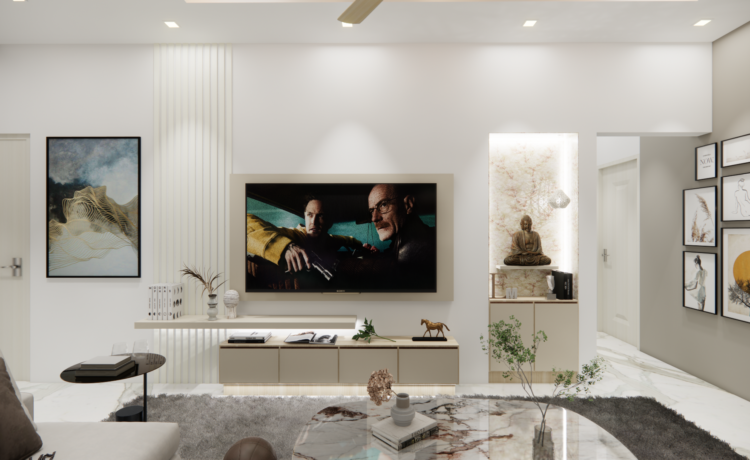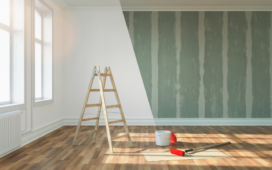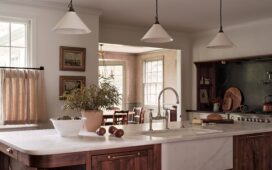A minimalist interior design must serve form and function while maintaining visual simplicity. TV frames have emerged as essential components that transform standard televisions into art-like pieces that complement clean aesthetic principles. These frames allow technology to blend seamlessly with intentional design choices rather than disrupting the carefully curated minimalist space.
Custom solutions for refined spaces
The versatility of TV frames makes them adaptable to various interpretations of minimalist design philosophy. From sleek metal edging that enhances contemporary spaces to warm wooden frames that complement more organic minimalist approaches, these additions can be precisely tailored to specific design visions. Samsung Frame TV Frames represent one approach to this concept, allowing televisions to display artwork without actively showing media content. This dual functionality perfectly aligns with minimalist principles by ensuring every element serves multiple purposes while maintaining aesthetic integrity. The ability to showcase curated images when the television isn’t being used for entertainment means the screen continues to contribute positively to the space rather than becoming a visual void.
Balancing technology and aesthetics
Finding harmony between necessary technology and design principles represents one of the greatest challenges in contemporary minimalist spaces. TV frames offer a practical solution to this tension by acknowledging the need for entertainment technology while refusing to compromise visual cohesion.
The most successful implementations consider the following:
- Color coordination with existing design elements
- Proportion and scale relative to wall space
- Material selection that complements other finishes in the room
- Edge detail that aligns with the overall design language
When these factors align correctly, the television becomes an intentional design choice rather than a necessary disruption. This integration fulfils the minimalist goal of purpose-driven design, where nothing exists without careful consideration.
Practical implementation approaches
Incorporating TV frames effectively requires thoughtful planning about placement, lighting, and surrounding elements. Professional designers often recommend treating the framed television as artwork when determining its position within the space. This perspective helps maintain design integrity while acknowledging the practical requirements of screen viewing.
TV frames enhance this approach by allowing customizable bezels to be changed as design preferences evolve. This adaptability supports the minimalist preference for longevity and versatility in design choices. Rather than requiring complete replacement when aesthetic preferences shift, these systems allow for subtle modifications that extend the relevance of the technology within the space.
Creating visual continuity
The most successful minimalist interiors create a sense of visual flow where the eye moves smoothly across the space without jarring interruptions. Traditional televisions often create visual “stops” that disrupt this continuity. Properly selected frames restore the smooth visual journey through the space.
Some designers take this approach further by:
- Creating gallery walls where the framed television becomes one element in a curated collection
- Using identical framing for both the television and the actual artwork to create intentional repetition
- Selecting frame styles that echo other elements within the room, such as window treatments or furniture details
- Positioning the framed television on walls where it naturally fits the overall composition
When implemented thoughtfully, TV frames transform a potential design problem into an opportunity for expressing minimalist principles. They demonstrate how technology can be incorporated without sacrificing the clean, intentional aesthetic that defines minimalist interior design. This harmonious integration achieves the minimalist goal of living comfortably with technology while maintaining visual tranquillity and purpose in every element.






